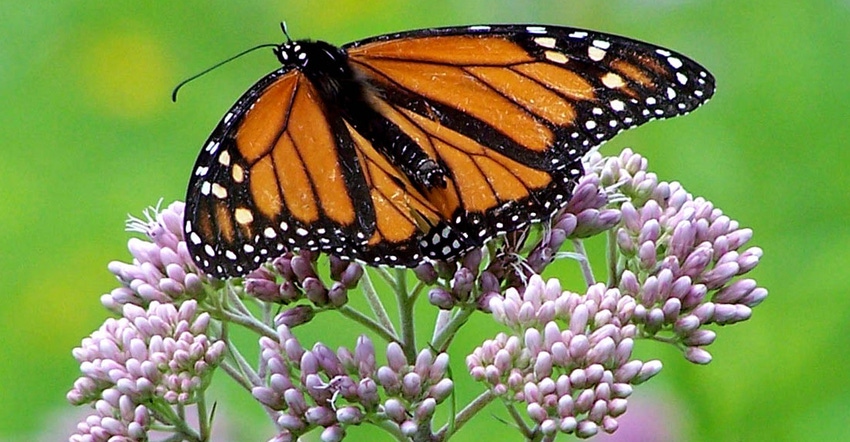January 10, 2017

USDA Farm Service Agency State Executive Director Patty Edelburg has announced that up to 50,000 acres can be enrolled in the Conservation Reserve Program in Wisconsin for critical wildlife and water quality efforts in addition to the 1,122 acres in CRP Grasslands.
“Over the past 30 years, CRP has helped farmers to offset the costs of restoring, enhancing and protecting certain grasses, shrubs and trees that improve water quality, prevent soil erosion and strengthen wildlife habitat,” says Edelburg. “Given the national cap of 24 million acres, it is more important than ever to pursue multiple benefits on each acre of CRP such that many acres are providing erosion prevention, water conservation, recreation for sportsmen, habitat for pollinators and protection of grazing land.”
Nationwide, farmers and ranchers now can enroll up to 1.1 million acres to restore high-priority wildlife habitat through the CRP State Acres for Wildlife Enhancement (SAFE) program, wetlands restoration or pollinator habitat improvements. In Wisconsin, up to 50,000 acres can be enrolled in the Pollinators and Monarchs SAFE project that, in addition to soil erosion prevention and water quality improvements, will provide the ability to establish and restore critical habitats for the state’s pollinators and monarch butterflies.
USDA recently accepted more than 504,000 acres into CRP Grasslands, bringing the program's total to more than 600,000 acres. In Wisconsin, FSA accepted 1,122 acres into the program, providing participants with financial assistance for establishing approved grasses, trees and shrubs on pasture and rangeland that can continue to be grazed. Nationally, more than 70% of the acres are from beginning farmers, veterans and underserved producers. About two-thirds of the acres are in counties with the highest threat for conversion. Additionally, nearly 60% of the acres are in wildlife priority areas, and nearly three-fourths of the acres will have a wildlife-focused conservation plan as part of the operation.
For the past eight years, USDA has generated thousands of critical partnerships to conserve and protect the natural resources on working landscapes, while enrolling a record number of acres in conservation programs. Seventy-percent of the nation’s land is owned and tended to privately, and America’s farmers, ranchers and landowners have willingly stepped up to address the growing impacts of a changing climate. With USDA’s support, they work to implement voluntary practices that improve air and water quality, prevent soil erosion, and create and protect wildlife habitat.
Since 2009, USDA has invested more than $29 billion to help producers make conservation improvements, working with as many as 500,000 farmers, ranchers and landowners to protect land and water on over 400 million acres nationwide.
To learn more about FSA’s conservation programs, visit fsa.usda.gov/conservation, or contact a local FSA county office.
Source: FSA
You May Also Like




